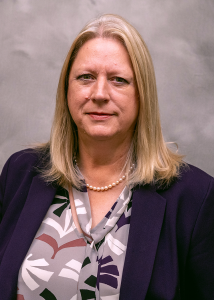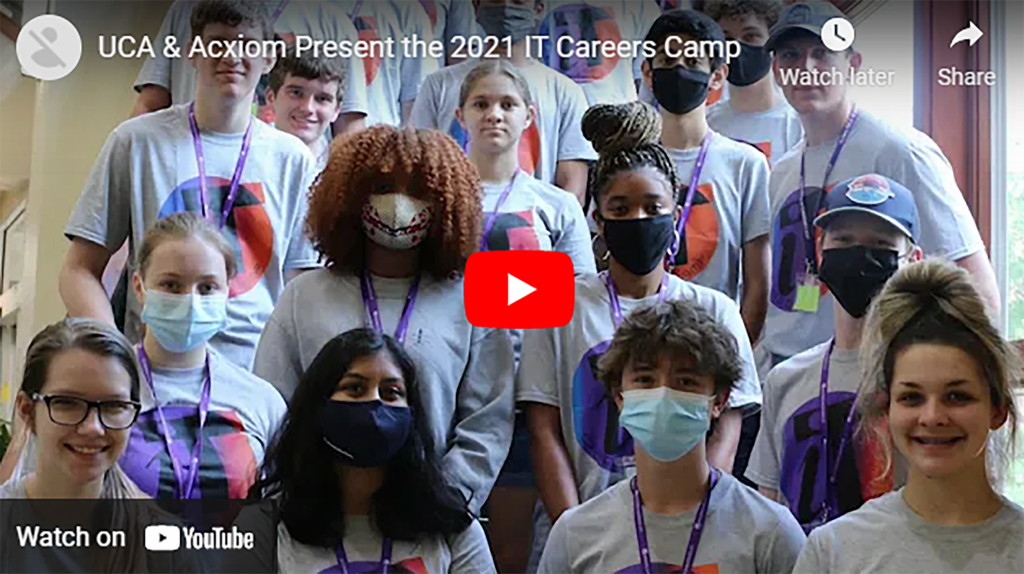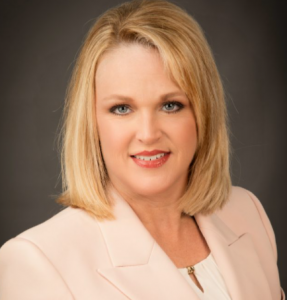Cynthia Burleson, UCA Instructor and Director for the Center for Insurance & Risk Management, recently contributed her expertise for CarInsurance.com to answer the popular question, “Why is car insurance so expensive?” The article examines other auto insurance issues and references a study showing that the average auto insurance rate is up 22 percent from 2017. Author and industry expert Michelle Megna consulted with Burleson to explain why the trend of rising car insurance rates won’t end any time soon.
“There are two causes of upward trends in auto insurance rates: rising frequency and severity,” said Burleson. “It is my opinion that severity numbers may have dropped some during the pandemic but probably not significantly. However now severity numbers are increasing.”
Burleson goes on to explain both trends and how they impact the average citizen.
To see more of Burleson’s explanation, read the full article on CarInsurance.com.







